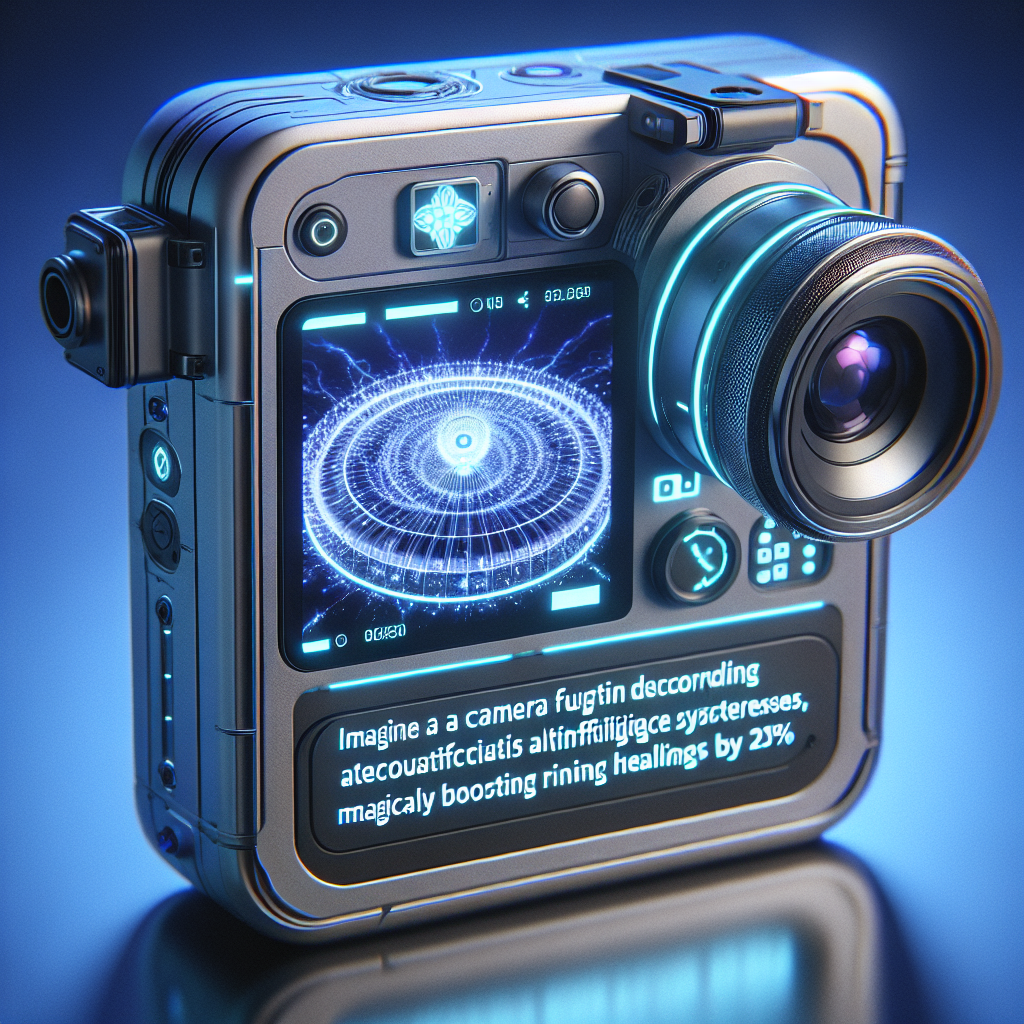
In a groundbreaking advancement in medical technology, research from the University of California, Santa Cruz, has introduced a novel device called a-Heal, which integrates artificial intelligence, imaging technology, and bioelectronic mechanisms to significantly enhance wound healing. This innovative gadget reportedly boosts healing times by an impressive 25%, demonstrating a potential paradigm shift in how we approach wound care.
The a-Heal device comprises a range of sophisticated components designed to monitor and assist the natural healing process. At its core, a miniature fluorescence camera captures real-time images of the wound, while a circle of 12 LEDs provides adequate illumination for accurate imaging. This camera setup is not merely for observation; it plays a crucial role in enabling the advanced AI algorithm to analyze the wound’s healing progress effectively.
Once the device is placed on the skin over the wound site, it operates autonomously by capturing images every two hours and wirelessly transmitting them to a nearby computer for analysis. Here, a dedicated AI agent steps in, evaluating the current state of the wound against established healing benchmarks. In cases where healing falls short of expectations, the system can deliver targeted interventions to accelerate recovery.
One of the standout features of the a-Heal is its ability to effectuate two types of interventions based on real-time analysis. If the AI determines that a wound is not healing quickly enough, it can either apply an electric field to stimulate cellular activity or administer a dose of medication to tackle inflammation. Notably, during trials conducted on pigs over a span of 22 days, fluoxetine, a selective serotonin reuptake inhibitor known for its anti-inflammatory properties, was used to aid in reducing inflammation and improve tissue healing.
The results were significant; wounds treated with the a-Heal healed approximately 25% faster than those in a control group that did not receive such treatment. This remarkable outcome illustrates the potential of integrating AI and bioelectronics in healthcare to push the boundaries of traditional methods used for wound care.
Professor Marco Rolandi, one of the lead researchers on this project, emphasizes that the a-Heal device optimizes healing by responding to the body’s cues and implementing timely external interventions. This responsiveness is critical, especially for patients with chronic wounds or those located in underserved regions lacking access to modern medical facilities.
Wound healing is a complex process influenced by a myriad of factors, including blood flow, inflammation, and the presence of infection. The ability of the a-Heal device to continuously monitor the wound, analyze data, and intervene proactively offers an unprecedented solution to enhance recovery times effectively. The hope is that it can not only improve outcomes for individual patients but also streamline healthcare resources in areas where medical personnel and facilities are limited.
The a-Heal device is currently being researched and developed, with a vision of bringing this technology to the forefront of wound management solutions. Its commercial implications could be substantial, particularly as demand grows for innovative medical devices in a rapidly advancing healthcare landscape.
A paper detailing this research and the technology behind the a-Heal has been published in the journal npj Biomedical Innovations, shedding light on the promising future of AI-assisted medical devices. As we embark on an era where technology increasingly intersects with healthcare, innovations like the a-Heal may redefine our approach to not just wound healing, but patient care as a whole.

Leave a Reply